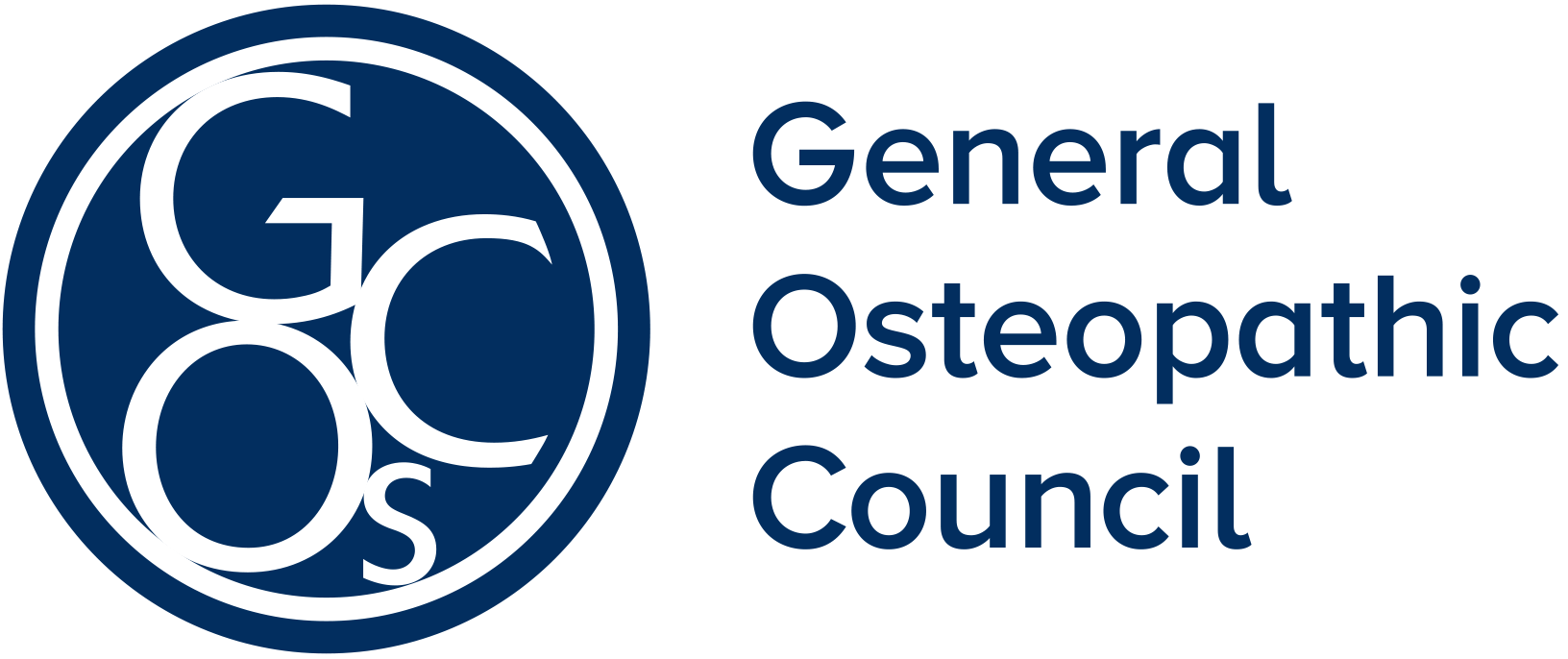Overview
The Osteopathic Practice Standards set out the standards that underpin osteopathic practice and include guidance to assist osteopaths in meeting them. The purpose of the standards is to ensure quality care for patients and to protect them from harm. These standards came into effect from 1 September 2019.
The standards are arranged under the following four themes:
A: Communication and patient partnership
This theme sets out the standards relating to communication, the formation of effective patient partnerships, and consent. Patients should be at the centre of healthcare and should be given the information that they need in order to make informed choices about the care they receive. These standards support therapeutic relationships built on good communication, trust and confidence.
B: Knowledge, skills and performance
All osteopaths must have the knowledge and skills to support their practice as primary healthcare professionals, and must maintain and develop these throughout their careers. They must always work within the limits of their skills and experience. The standards in this theme set out the requirements in this respect.
C: Safety and quality in practice
Osteopaths must deliver high-quality and safe healthcare to patients. This theme sets out the standards in relation to the delivery of care, including evaluation and management approaches, record keeping, safeguarding of patients, and public health.
D: Professionalism
Osteopaths must act with honesty and integrity and uphold high standards
of professional and personal conduct to ensure public trust and confidence in
the profession. The standards in this theme deal with such issues and behaviours, including the establishment of clear professional boundaries with patients, the duty of candour, and the confidential management of patient information. These contribute to ensuring that trust is established and maintained within therapeutic relationships.
Within the Osteopathic Practice Standards the terms ‘must’, ‘should’ and ‘may’ are used in the following ways:
‘Must’ is used where osteopaths are expected to comply. Failure to do so may put the osteopath at risk of fitness to practise proceedings.
‘Should’ is used to indicate how the standard can be met. It is also used where the relevant duty or principle will not apply in all situations or circumstances, or where there may be factors outside the osteopath’s control that affect whether or how they comply with the guidance.
‘May’ is used in the guidance to indicate that osteopaths have a choice as to whether to carry out certain actions or not.
